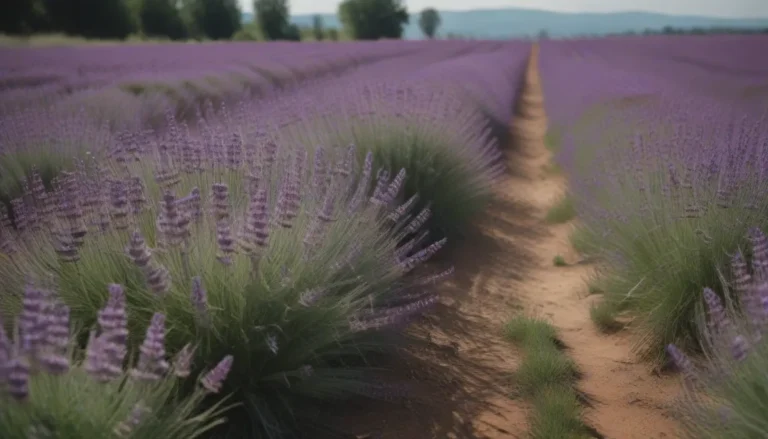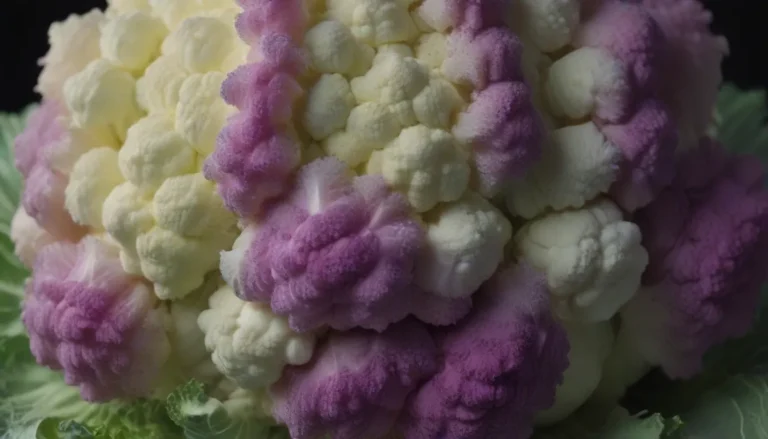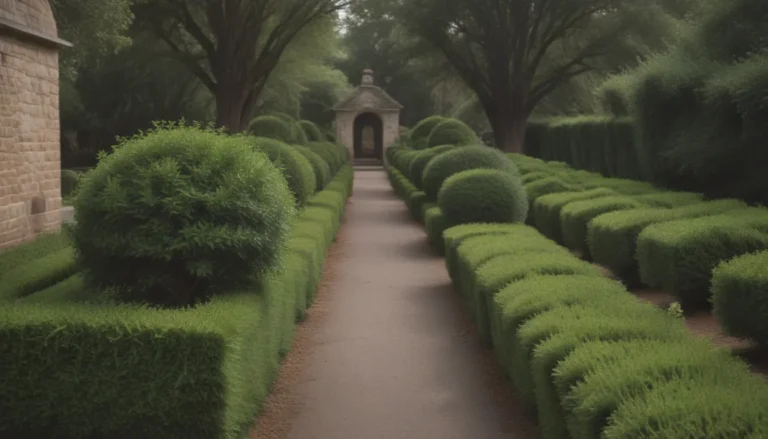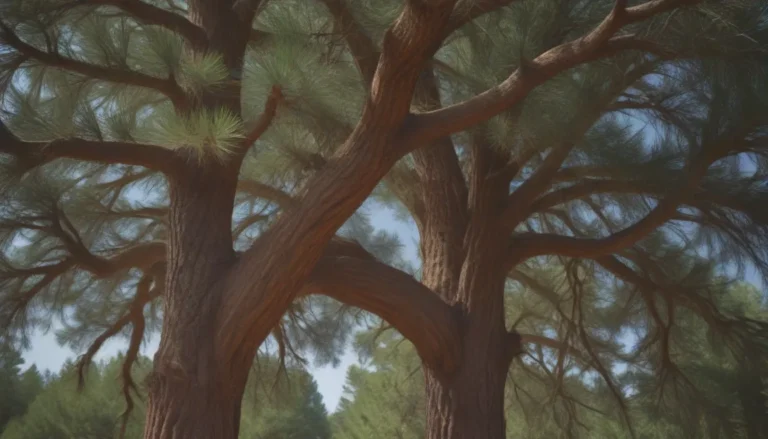How to Prevent and Treat Yellow Leaves on Your Gardenia Plants
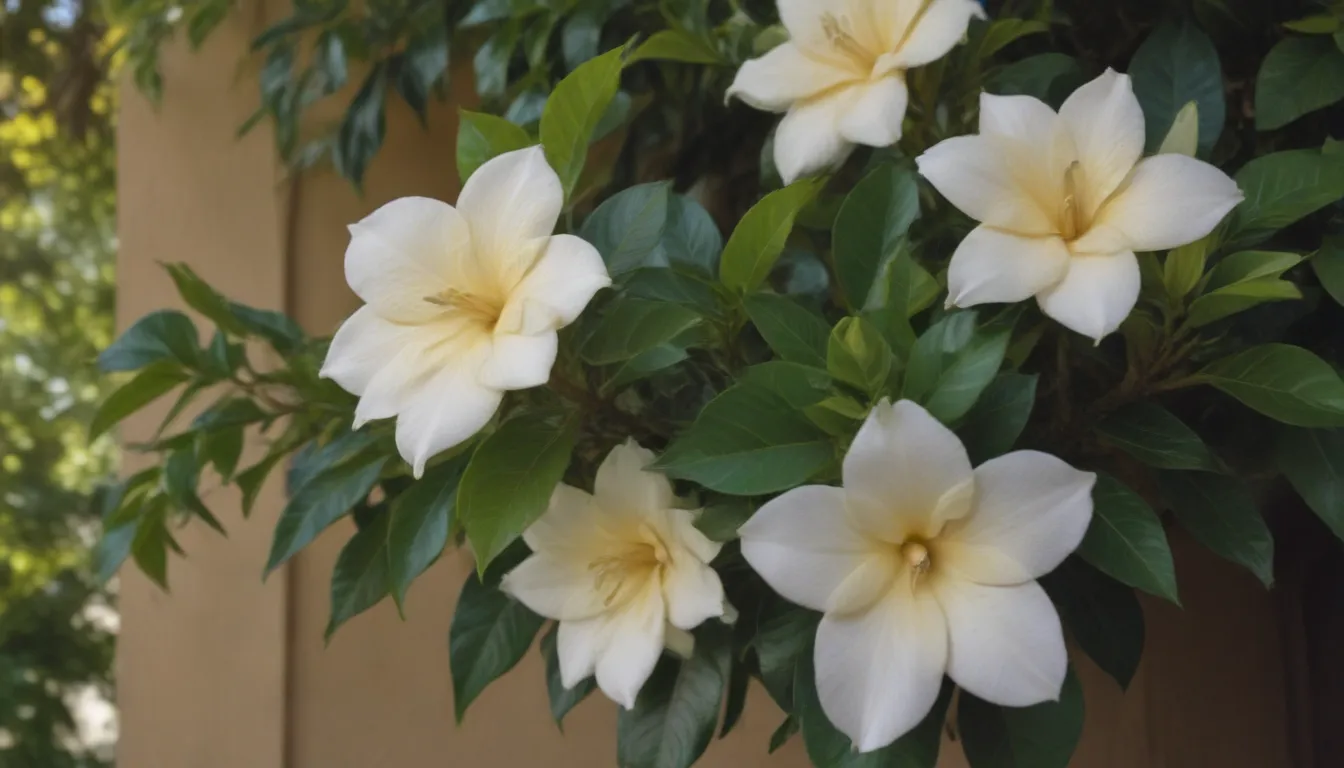
If you’re a proud gardenia owner, you know the joy that comes from their beautiful flowers and glossy green leaves. However, seeing those leaves turn yellow can be quite concerning. In this article, we’ll explore the reasons behind yellow gardenia leaves and provide you with tips on how to prevent and treat this issue.
Understanding Your Gardenia’s Growing Needs
Before we delve into why your gardenia leaves are turning yellow, let’s discuss the optimal growing conditions for these plants. By meeting these requirements, you can help ensure your gardenia stays healthy and vibrant:
- Partial Shade: Gardenias thrive in partial shade, so make sure to provide them with the right amount of sunlight.
- Acidic Soil: Gardenias prefer acidic soil with a pH level between 5.0 and 6.0. If the soil is too alkaline, the plant may struggle to access essential nutrients.
- Good Drainage: Proper drainage is crucial for gardenias to prevent root rot. Ensure that water can flow freely through the soil.
- Sufficient Nutrients: Gardenias require nutrients like iron, nitrogen, and magnesium to stay healthy. Make sure the soil provides these essential elements.
- Adequate Moisture: Gardenias need consistent moisture, but overwatering can lead to issues like root rot. Find the right balance to keep your plant hydrated.
Common Causes of Yellow Leaves on Gardenias
While a few yellow leaves on your gardenia plant may be normal, excessive yellowing can indicate an underlying issue. Here are some common reasons why your gardenia leaves may be turning yellow:
1. Chlorosis
Chlorosis occurs when a plant lacks chlorophyll, resulting in yellow leaves. For gardenias, this may be due to an iron deficiency, which is essential for chlorophyll production. If you suspect chlorosis, send a soil sample for testing to determine if an iron deficiency is the cause.
2. Root Rot
Overwatering or poor soil drainage can lead to root rot in gardenias, causing yellow leaves and mushy roots. If you notice signs of root rot, it may be best to replace the plant to prevent further damage.
3. Nutrient Deficiency
Inadequate levels of nitrogen or magnesium can also cause yellowing leaves in gardenias, especially in older plants. Consider supplementing with a balanced fertilizer to provide the necessary nutrients.
How to Address Yellow Leaves on Your Gardenias
If you’re dealing with yellow leaves on your gardenia plant, take the following steps to address the issue:
1. Check Soil pH
Ensure that your gardenia is planted in acidic soil with the right pH level. If the soil is too alkaline, use a fertilizer containing sulfur to lower the pH and make nutrients more accessible to the plant.
2. Improve Drainage
If your gardenia is suffering from root rot due to poor drainage, amend the soil to improve water flow. Adding organic matter can help prevent waterlogging and protect the plant’s roots.
3. Adjust Watering Practices
Maintain consistent moisture for your gardenia plant, avoiding both overwatering and underwatering. Keep the soil evenly moist without becoming waterlogged, as excess water can lead to yellow leaves and root issues.
4. Fertilize Appropriately
If nutrient deficiency is causing yellow leaves, fertilize your gardenia plant with a balanced fertilizer. Consider using coffee grounds as a natural source of nutrients, especially for acid-loving plants like gardenias.
5. Prune Dead Leaves
While it’s not necessary to remove yellow leaves from gardenias, prune any dead or wilted leaves to promote healthy growth. Make clean cuts where the leaf meets the stem to encourage new foliage.
Conclusion
Yellow leaves on your gardenia plant can be a sign of underlying issues that need to be addressed promptly. By understanding the growing needs of gardenias and identifying potential causes of yellowing leaves, you can take steps to prevent and treat this common problem. Remember to provide your gardenia with the right growing conditions, proper nutrients, and appropriate care to keep it healthy and thriving. With a little bit of attention and care, your gardenia plant will reward you with its stunning beauty and fragrant blooms. Happy gardening!
